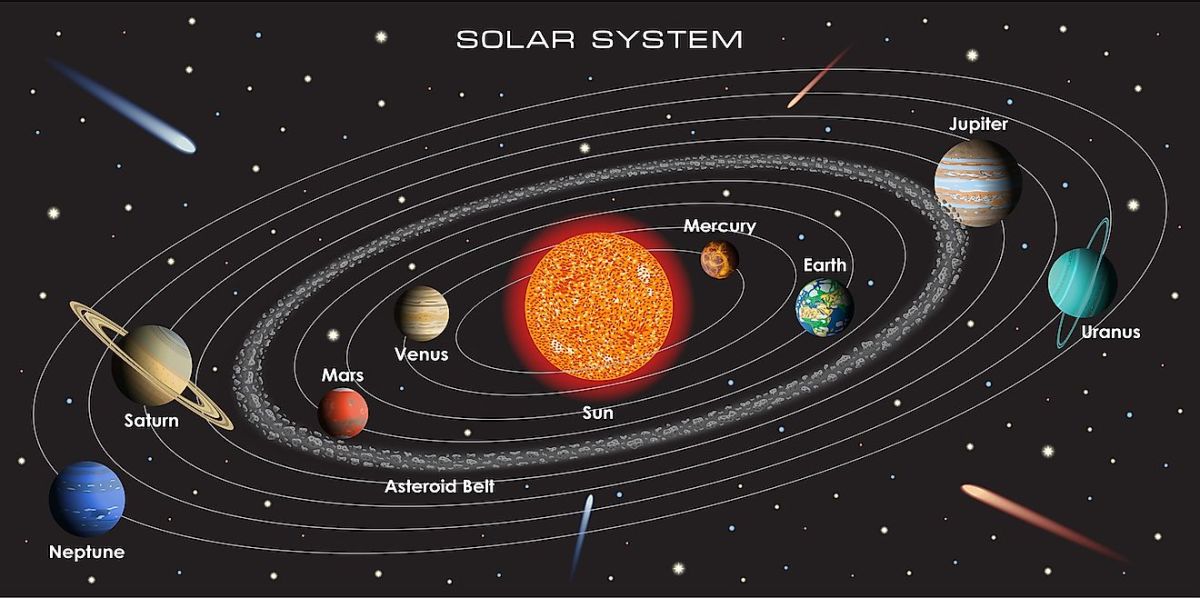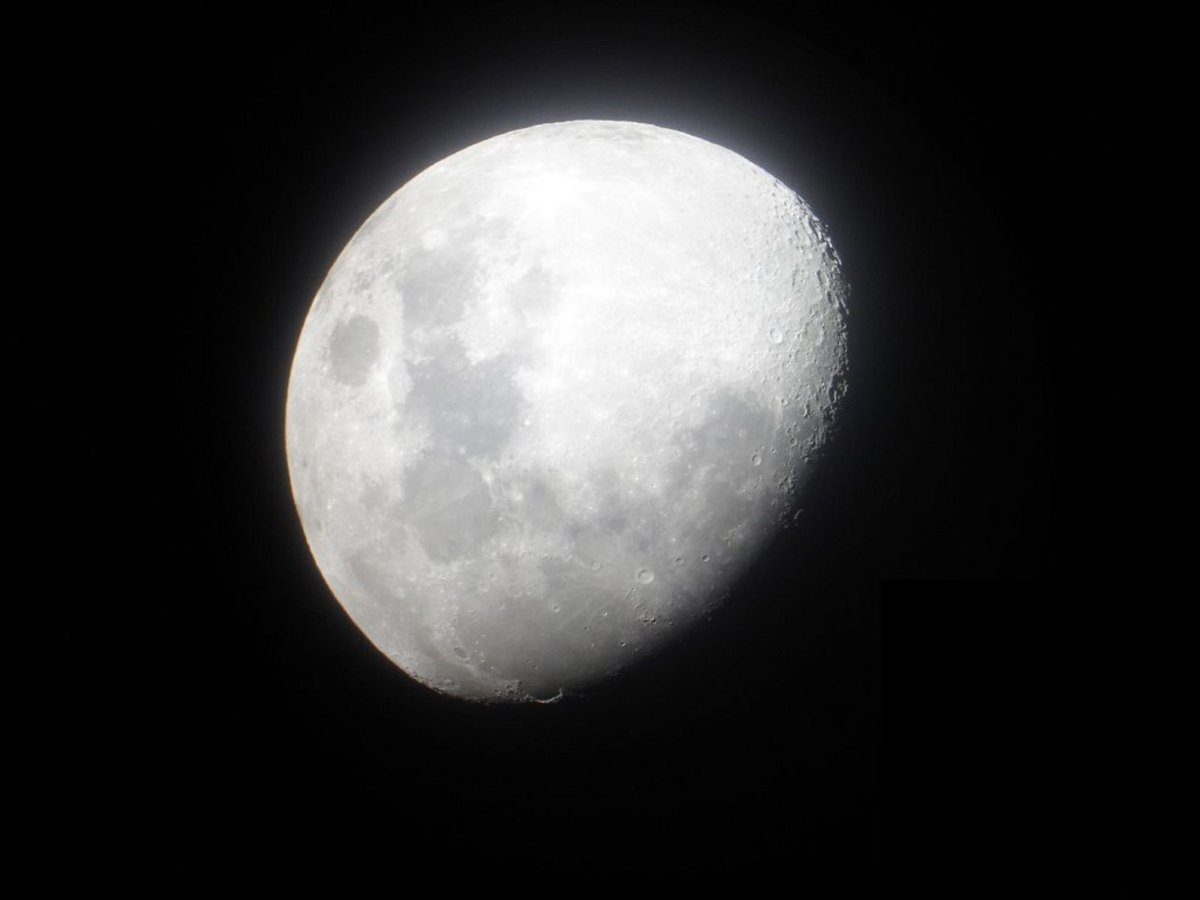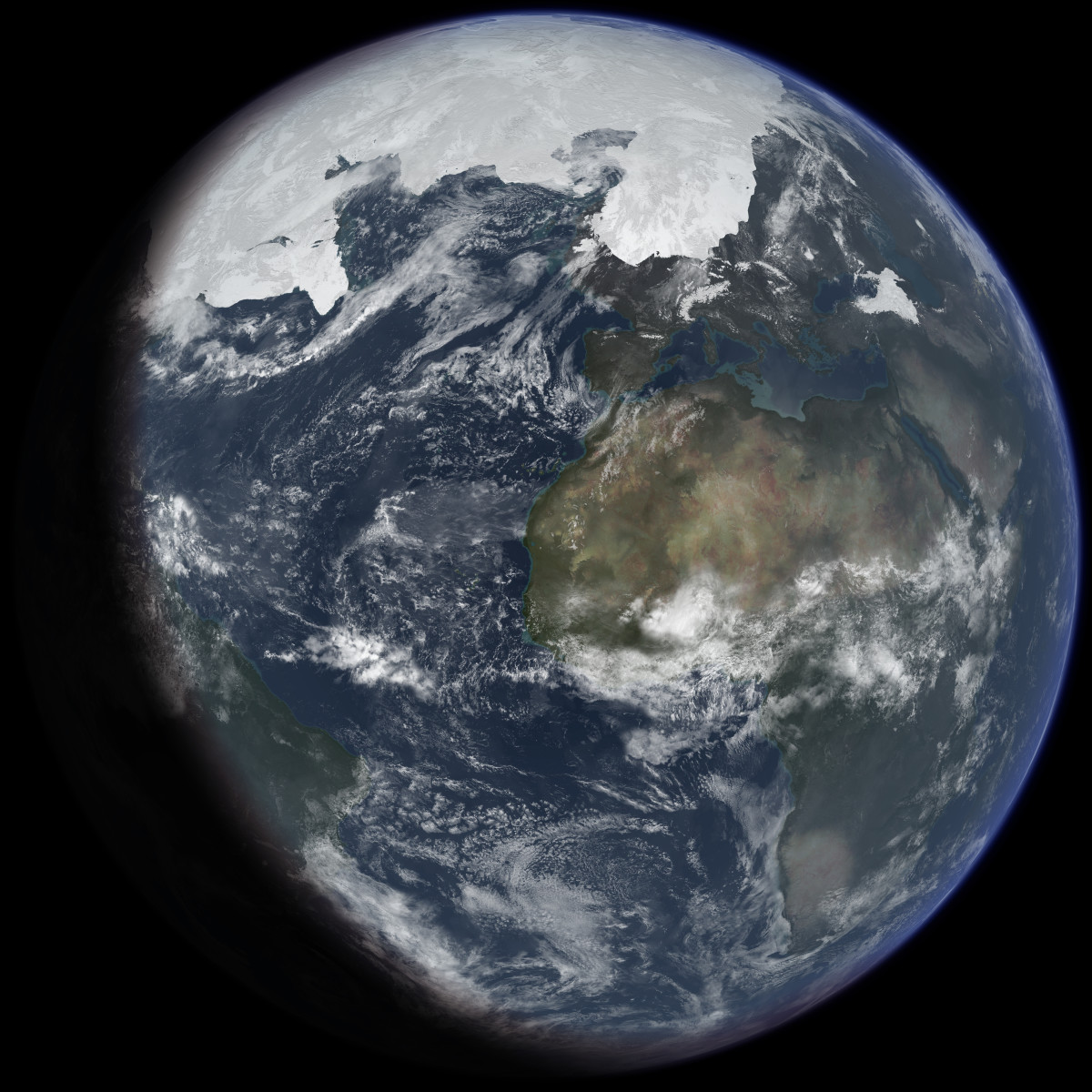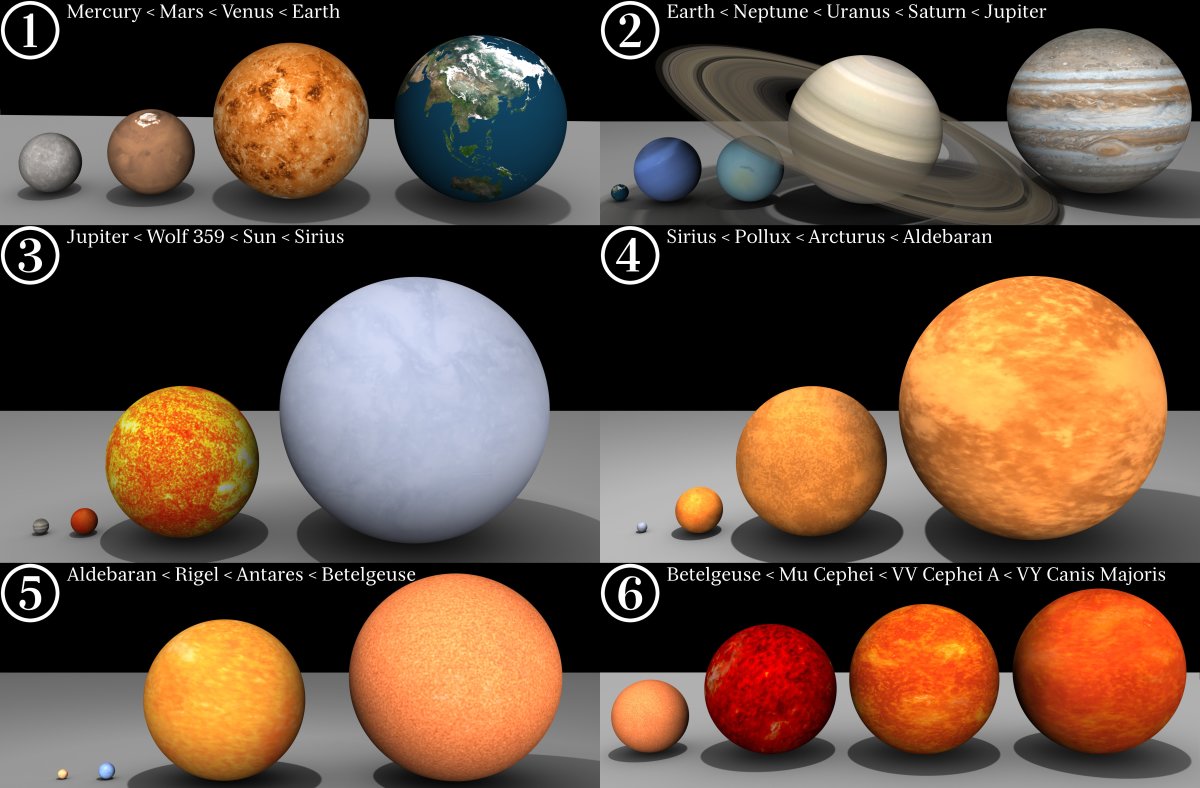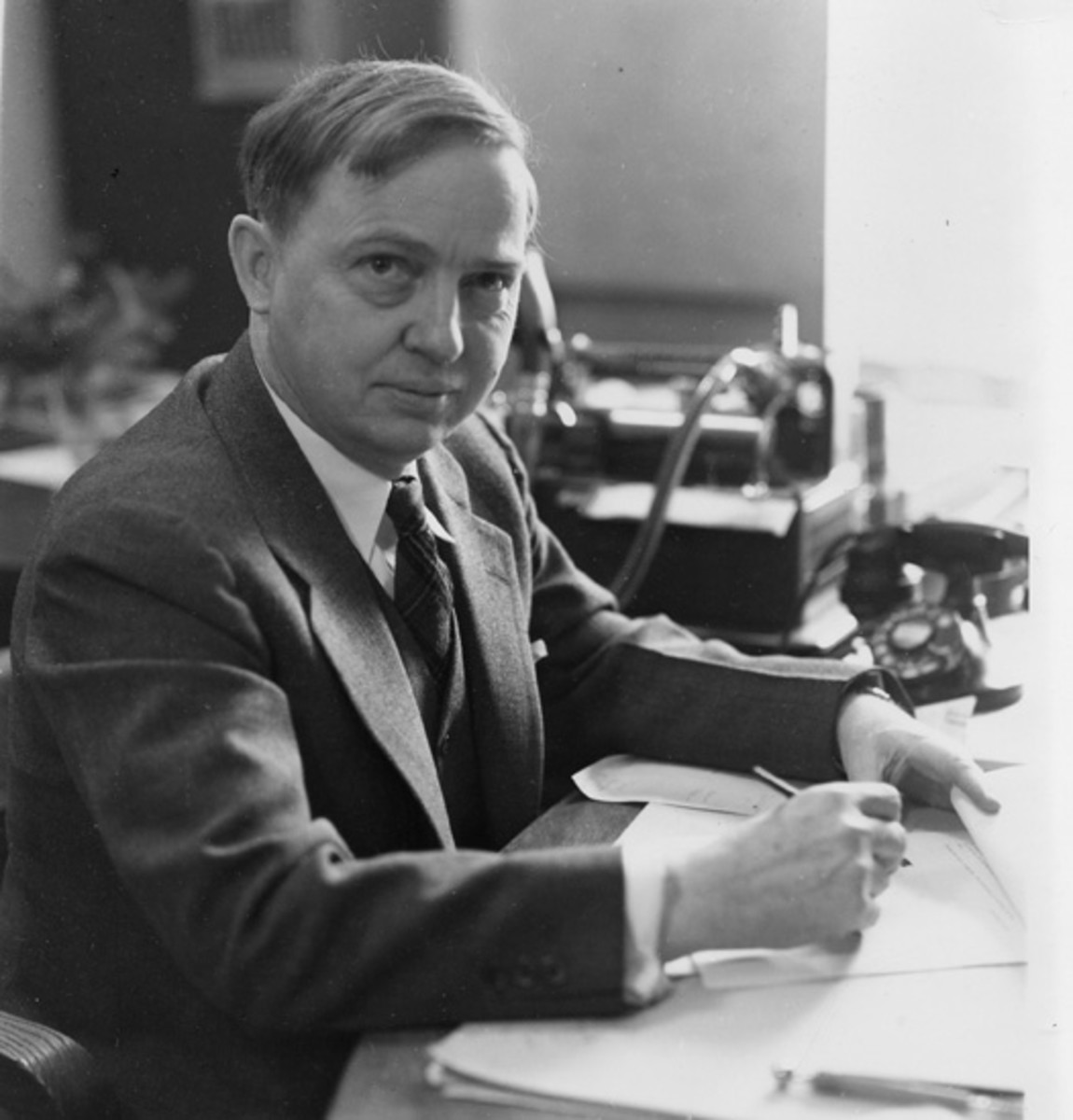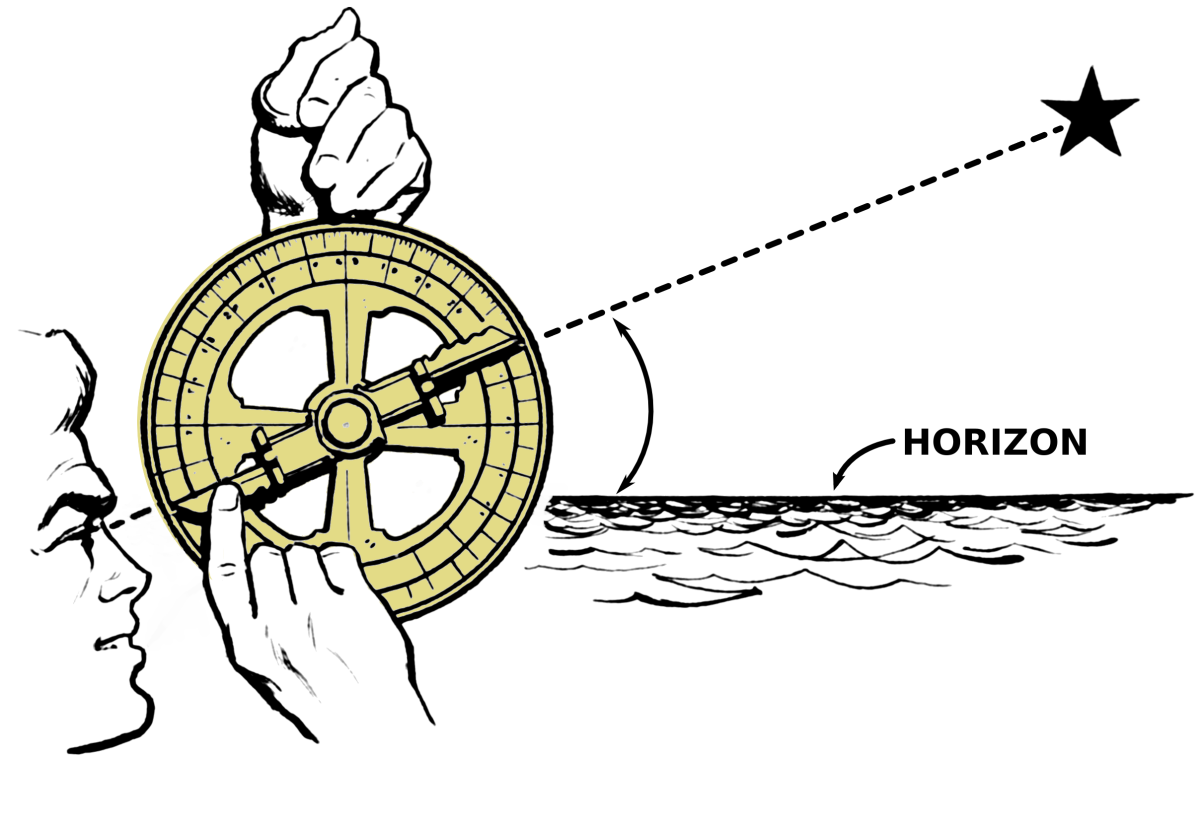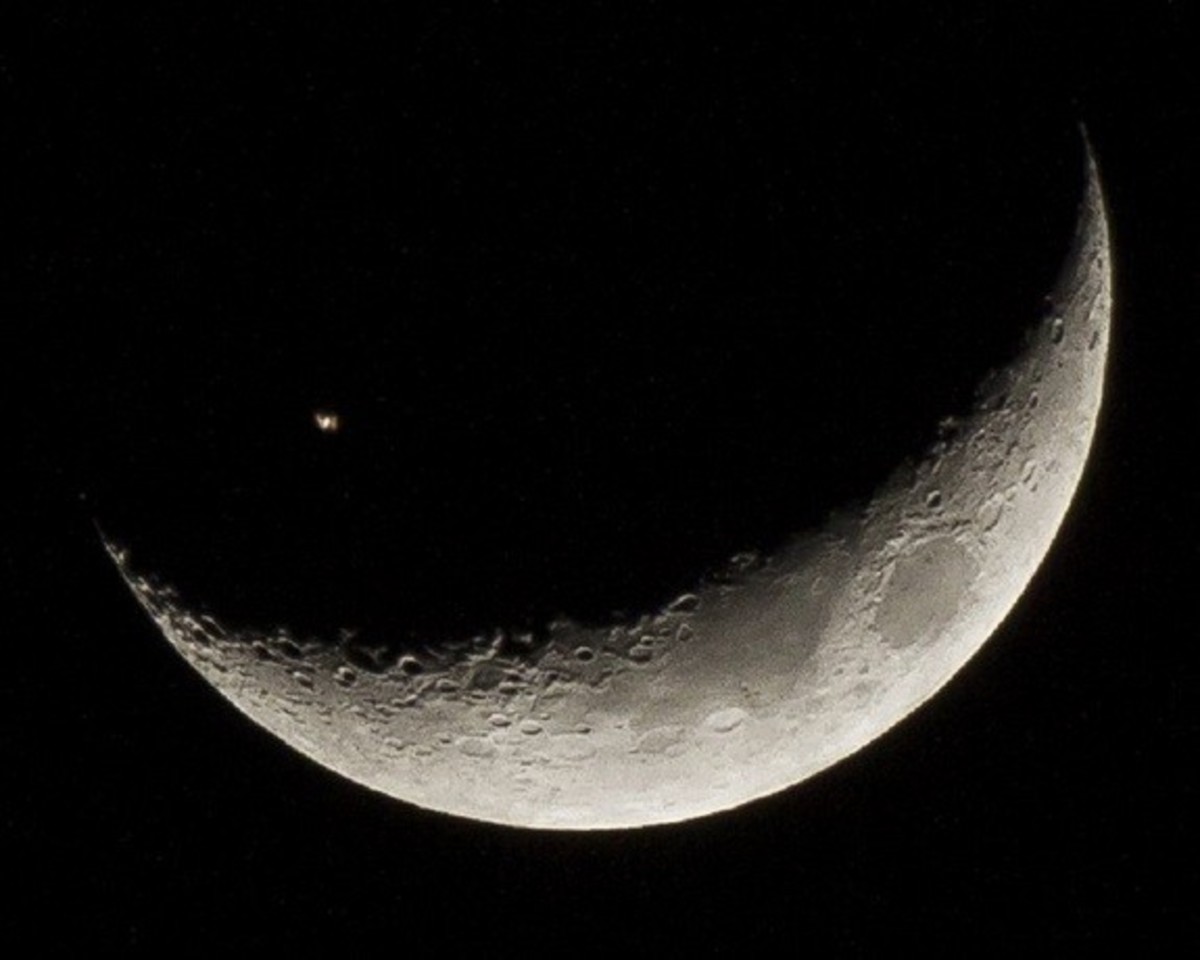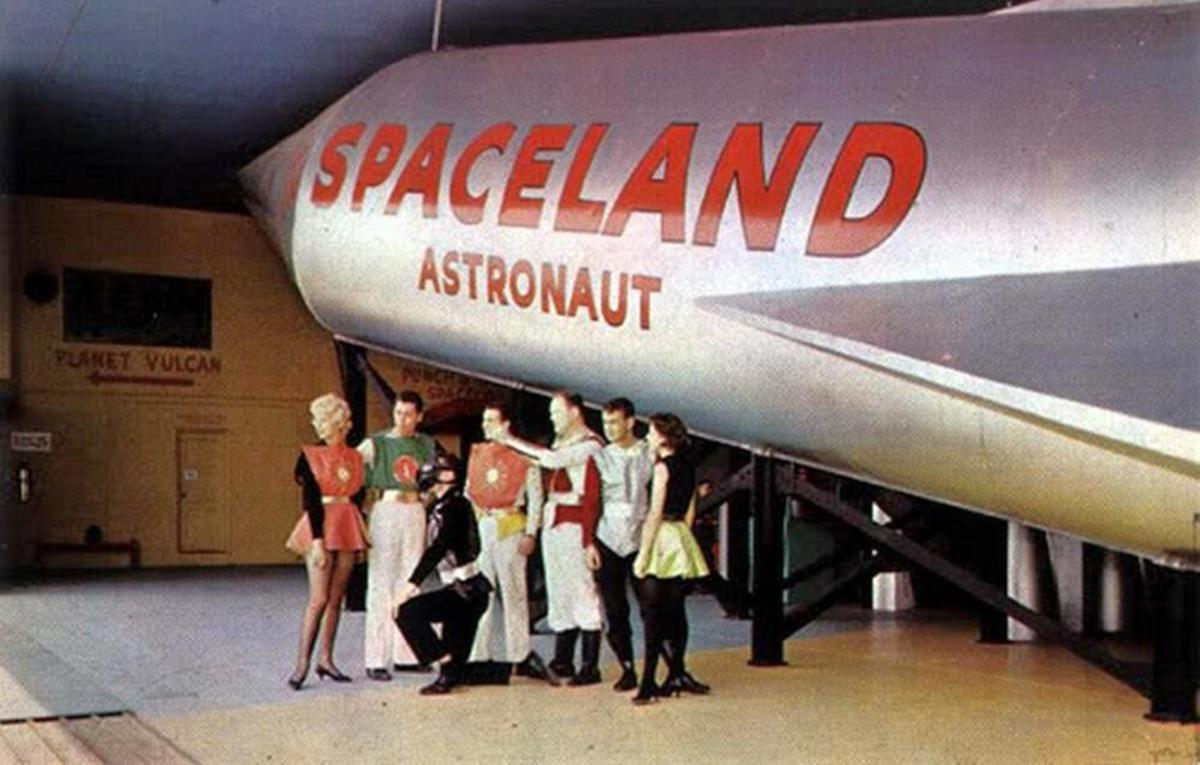Astronomy I: History of Astronomy
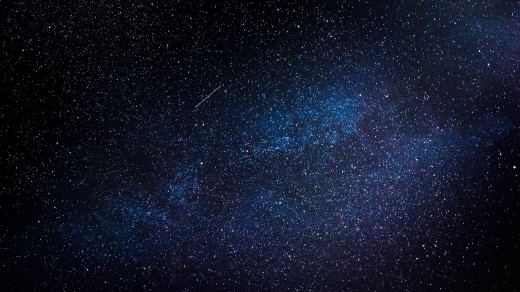
History of Astronomy
What is astronomy?
Astronomy is the science that deals with the origin, evolution, composition, distances, and motion of all celestial bodies and scattered matter in the universe.
It can be classified as:
- Spherical astronomy, which studies the coordinate systems on the celestial sphere.
- Celestial mechanics: studies the movements of the celestial bodies.
- Astrophysics: uses modern physics methods to analyze the structure, composition and evolution of stars.
- Cosmology: studies the universe as a whole (structure, origin and evolution).
Ancient astronomy: Neolithic and Bronze Age
Neolithic and Bronze Age
Some megalithic monuments could be related to astronomical observations. Let's talk about two examples: the Stonehenge megalithic monument and the Menorcan taulas.
Stonehenge
This megalithic monument, located in the south of England, was built in 2000 BC. It consists of circles of holes, stones and arches related to the solar month, the lunar month, eclipses and solstices. They observed the stars from the alignment of the stones.
Menorcan taulas
The taula is Menorca's most emblematic ceremonial monument. They were built around 1000 BC and are sanctuaries whose enclosure is shaped like a horseshoe with a large central monument that resembles a table (mesa = taula in Catalan). The top of the table faces south and allows us to observe the horizon, as it was full of bright stars at that time that are no longer visible from this area.
Ancient astronomy: Egypt
Astronomy in ancient Egypt
Being an agricultural civilization, they attached great importance to the calendar, which was conditioned by the periodic flooding of the Nile River.
The beginning of the Egyptian year was marked by the appearance of Sirius, the brightest star in the sky. This star is not visible for much of the year due to its angular proximity to the Sun, and its appearance is called a helical rise.
The pyramids of Giza are aligned to the cardinal points with great precision.
In addition, the pyramids of Cheops open conduits that communicate with the Pharaoh's chamber: the north wall oriented towards the pole star of the Thuban era and the south wall towards Orion's belt.
6 Ancient astronomy: Babylonian and Mayan astronomy
Babylonian
Their knowledge reached the Greeks after Alexander the Great's conquest.
Mayan astronomy
Unfortunately, much of the astronomical knowledge of pre-Columbian civilizations was erased by the Conquistadors. They managed to calculate the period of revolution of Venus around the Sun as seen from Earth (584 days, when the currently accepted value is 583.92).
Greek astronomy I
Astronomy was born properly as a science with Thales of Miletus and his disciple Anaximander. Thales believes that the basic component of the universe is water and that the Earth rests on an ocean of water; Anaximander speaks of a more abstract concept, the apeiron, which we could understand as something unlimited.
Pythagoras believes that the world is made up of the four elements: earth, water, air and fire. For reasons of geometric aesthetics, he considers the Earth to be a sphere and proposes that the Moon should shine by reflection of the Sun's light.
Plato defends the geocentric universe with the spherical and immobile Earth. The celestial bodies are of divine character and move with circular and uniform movements.
Aristotle considers two worlds: supralunar, the sky, governed by perfect circles with circular and uniform movements; sublunar, the Earth, where things move with imperfect and changing movements. The Earth is motionless in the centre of a set of concentric, transparent spheres that revolve around it (Moon, Sun, 5 planets) and the stars are fixed.
Greek astronomy II
Aristarchus of Samos (310-230 BC) is the first to place the Sun at the center of the universe and the Earth and the planets that revolve around it.
In the lunar quarters, the Sun, the Moon and the Earth are at the vertices of a triangle, as we see in the following picture. Aristarchus measured the two angles shown in that picture and from here he calculated the Earth-Sun distance. He found that it was 19 times greater than the Earth-Moon distance, when in fact it is 389 times greater.
He also observed that during the lunar eclipse, the cone of shadow produced by the Earth is twice as wide as the diameter of the Moon. This observation allowed him to determine that the diameter of the Earth was 3 times larger than that of the Moon (it is actually 3.67 times larger).
Eratosthenes obtained the dimensions of the Earth from measuring the portion of the Earth's meridian that runs from Alexandria to Siena. To do this, he used the gnomon, an instrument that allows us to study the length of a stick's shadow in a vertical position on the Earth's surface.
He realized that during the summer solstice in the city of Siena, the sun is at its zenith (just above the head). In this situation, the gnomon in Siena will not cast a shadow, but a gnomon of l length will cast a shadow of s length in Alexandria. Therefore, the angle a between the Sun and the zenith will be a = arcotan (s/l).
Greek astronomy III
Hipparchus of Nicaea makes the first star catalogue, where the positions and magnitudes of 850 stars are collected. He discovers the phenomenon of the precession of the equinoxes, which causes stars to change over long periods of time. He calculated the value of the precession speed (45 minutes / year, when the correct one is 50.27).
Ptolemy of Alexandria wrote a 13-volume encyclopedic work on astronomy that was introduced into Europe by the Arabs.
The Aristotelian system could not explain the retrograde movements of the planets. To do so, Ptolemy adopted the epicyclic system. In this system, the planet moves at a constant speed around a circle called an epicycle. At the same time, the center of the epicycle revolves around the Earth at a constant speed in a larger circle called the deferential.
The Middle Ages
The Middle Ages was a dark time for the development of science in Western Europe. The Arabs picked up the legacy of Ptolemy. The school of Baghdad stands out, where Albategnius established the obliquity of the elliptic and the speed of precession. Alfonso X the Wise had elaborated the Tables of Alphonsine, which allow us to determine the positions of the Sun, the Moon and the planets within the Ptolemaic scheme of epicycles and deferents.
Modern astronomy
Nicholas Copernicus places the Sun in a central position and the planets revolve around the Sun in perfect circles. He considers the Moon as a satellite of the Earth and explains the day and night by the rotation of the Earth around its axis in 24 hours.
It divides the planets into two groups: internal orbits (Mercury and Venus) and external orbits (Mars, Jupiter and Saturn). Explain that Mercury and Venus are only visible from the east before sunrise and from the west after sunset.
Tycho Brahe, a great observational astronomer, notes that there is a new star in the constellation of Cassiopeia, a fact that conflicts with the Aristotelian theory of the immutability of the sky.
In 1577 a very bright comet appears in the sky, and Tycho observes that this object is among the planets and was passing through the hypothetical spheres that held them. For that reason, he concluded that these spheres did not exist.
Tycho Brahe did not want to accept the Copernican model. For this reason, he defended the ticonic system, according to which the Earth is in the centre, the Moon and the Sun revolve around it, and the planets revolve around the Sun.
Modern Astronomy II
Johannes Kepler (1571-1630)
Kepler's achievements can be summarized in his three laws.
- First law: He states that the planets revolve around the Sun but that their orbits are not circular, but elliptical. The sun is located at the focus.
- Second law: the line that joins the Sun to each of the planets drags equal areas in equal intervals of time.
- Third law: the quotient of the square of the period of each planet and the cube of its distance from the Sun is the same for all the planets.
Galileo Galilei (1564-1642)
Galileo is known for being the first to use a telescope to systematically observe the sky. He discovered that there are spots on the surface of the Sun, that the Moon has cavities, and that the planet Venus has phases like the Moon, among other things. He defends the Copernican model.
Isaac Newton (1643-1727)
Newton made two important contributions to astronomy.
- The law of universal gravitation: it states that the same force that makes objects fall is the one that causes the movement of stars.
- White light breaks down into colours, and each is deflected at a certain angle when it passes through a lens.
Observational Astronomy I
Edmond Halley (1656-1742).
In 1705 he predicted that a comet that had been observed in 1682 would be observed again 76 years later, due to its movement in an elliptical orbit following Newton's laws. As he had predicted, in the year 1759 this comet was observed.
Halley also stated that the stars have movements of their own and are not fixed as believed since antiquity. For example, Barnard's star moves at great speed, traveling half a degree in 180 years.
Observational Astronomy II
James Bradley (1693-1762) discovered the aberration of light. This phenomenon explains that the positions in which stars are observed change throughout the year as a consequence of the speed of the Earth in its translation movement around the Sun. Bradley determined the speed of light: 8 minutes and 12 seconds to get from the Sun to the Earth.
Wilhelm Herschel, organist and astronomy enthusiast, discovered the planet Uranus in the year 1781. Later, he continued his systematic study of the sky and discovered the satellites of Uranus and Saturn, the inclination of the axis of rotation of Mars with respect to its orbital plane. And many comets.
Charles Messier published in 1784 a catalogue of nebulae, in which he identified and classified them, although he did not know their nature.
The birth of astrophysics
Joseph Fraunhhofer (1787-1826) looks at the spectrum of white light decay and sees that it consists of hundreds of dark lines.
Gustav Kirchhoff (1824-1887) and Robert Bunsen (1811-1899) show the relationship between the lines observed in the spectrum and the chemical composition of the radiating object.
Ångström (1814-1874) analyses the spectrum of the Sun and shows the presence of hydrogen.
Angelo Secchi (1818-1878) analyses the spectra of 4000 stars and makes the first spectral classification of stars.
William Huggins (1824-1910) studies the nature of the nebulae that Messier had classified, thanks to spectroscopy. He observes stellar and gaseous nebulae (bright clouds of gas).
HN Russell (1877-1957) and E. Herztsprung (1873-1967) draw a diagram of the absolute magnitude, a measure of the star's intrinsic brightness.
Henrietta Leavitt (1868-1921) discovers the relationship between changes in the luminosity of certain stars with their intrinsic brightness.
Hubble (1889-1953) measured the distance to nebulae and concluded that they had to be extragalactic. He thus claimed the existence of other galaxies.
Hubble's law: v = H0d where H0 = 50-88 km / s / Mpc (galaxies move away at a speed proportional to the distance they are)

